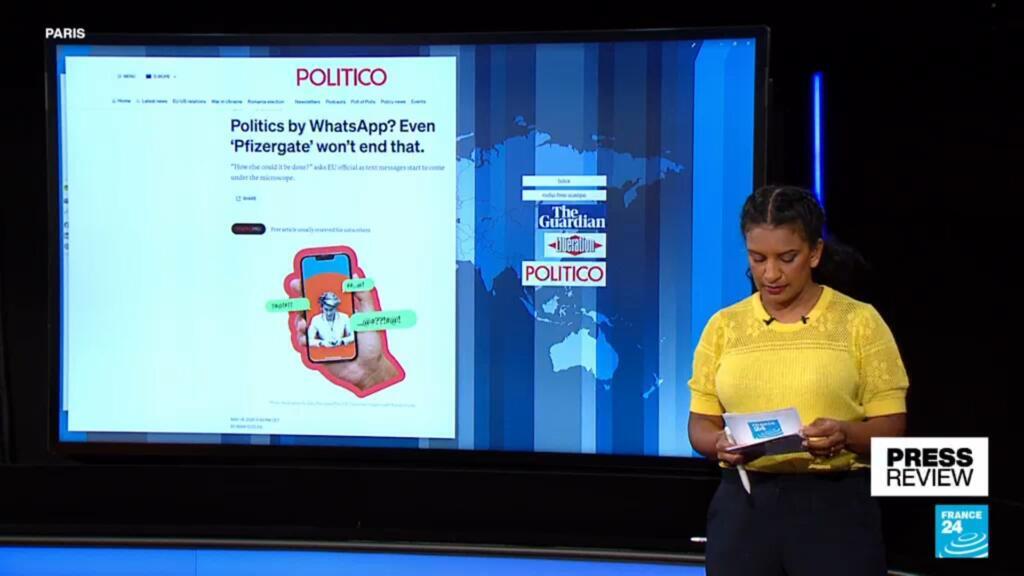Press Review: Thursday, May 15
Today’s press review highlights significant political events across Europe, particularly the ongoing scrutiny surrounding EU Commission President Ursula von der Leyen amid the "Pfizergate" scandal. As this issue unfolds, its implications for leadership accountability within the European Union raise questions about transparency and governance in the organization. The court ruling related to this scandal is deemed crucial, as it could shape the future of political oversight in the EU. Legal experts are following the developments closely, as the outcomes may establish new precedents for how similar cases are handled in the future.
In Hungary, the government is deliberating on a controversial legislative proposal that could potentially give authorities the power to shut down media outlets and non-governmental organizations (NGOs) that are perceived to pose a threat to national security. Critics of the bill argue that it represents a significant step back for press freedom and civil liberties in the country. Human rights organizations have expressed concern that the law could stifle dissent and eliminate critical voices within Hungarian society. This move corresponds with a broader trend in the region where governments are tightening their grip on media and civil society in the name of national security.
Meanwhile, an intriguing study conducted by Australian researchers has brought attention to cultural icon Barbie. According to the findings, Barbie's feet have evolved to become flatter over time, a change that researchers attribute to her increasing independence as a character. This transformation reflects broader societal shifts regarding women’s representation and empowerment. Over the decades, Barbie has transitioned from a predominantly consumerist figure to a role model embodying various professional and personal identities; the flattening of her feet symbolizes a departure from traditional feminine ideals tied to unrealistic beauty standards. This research not only sheds light on the evolution of a toy but also serves as a mirror to changing cultural expectations of women.
The connection between Barbie's design changes and her narrative development raises questions about the implications for young girls and their perceptions of femininity and independence. As Barbie continues to adapt to the values of contemporary society, she reflects the empowerment of women in diverse roles, resonating with audiences across generations. The findings of this study highlight the importance of representation in media and toys and invite further discussion on how cultural icons can influence social norms and expectations.
Across Europe and beyond, these stories illustrate the complex interplay between politics, culture, and societal values. As we witness legislative changes, courtroom rulings, and cultural shifts, the narratives that emerge will continuously shape our understanding of governance, freedom, and representation in a rapidly changing world.












